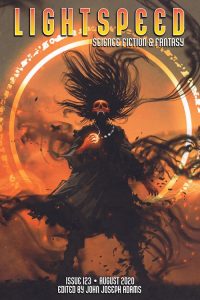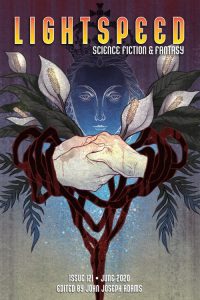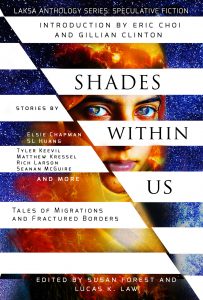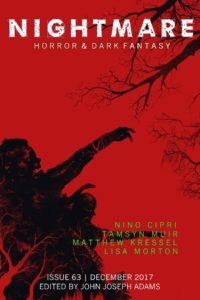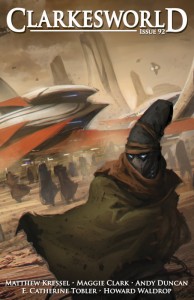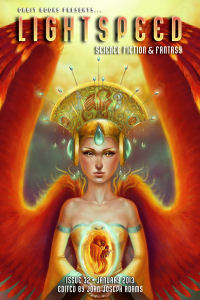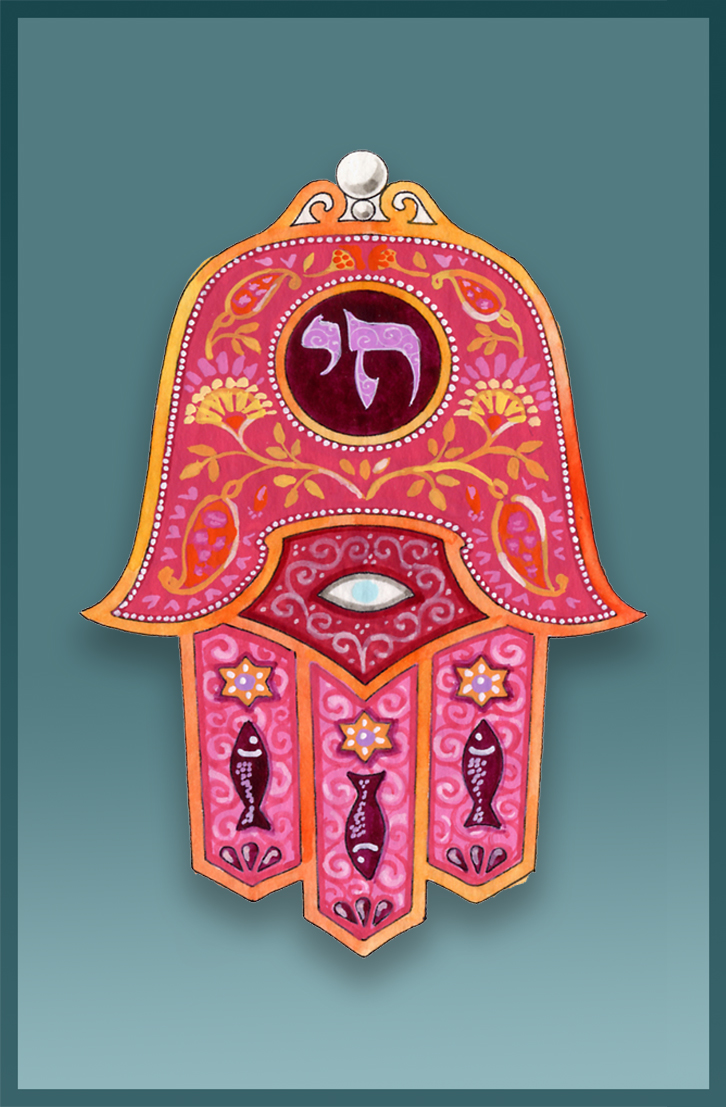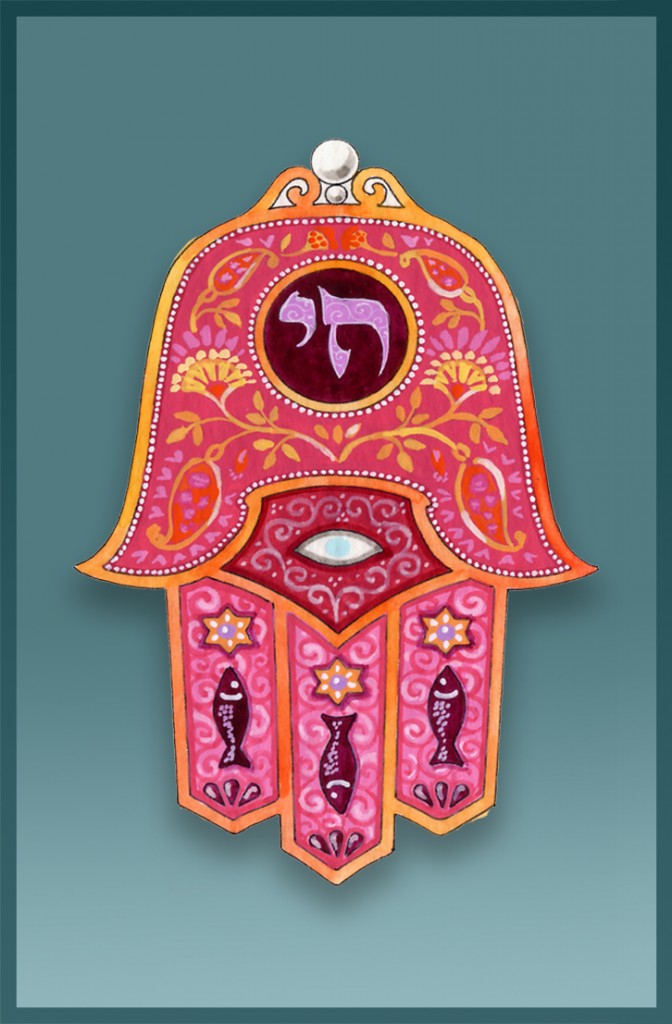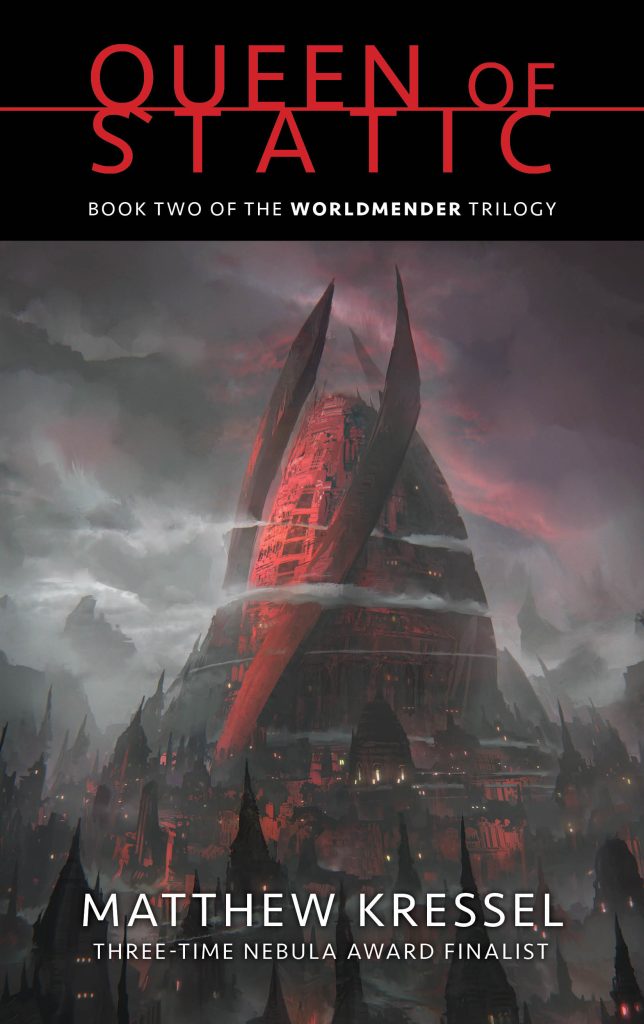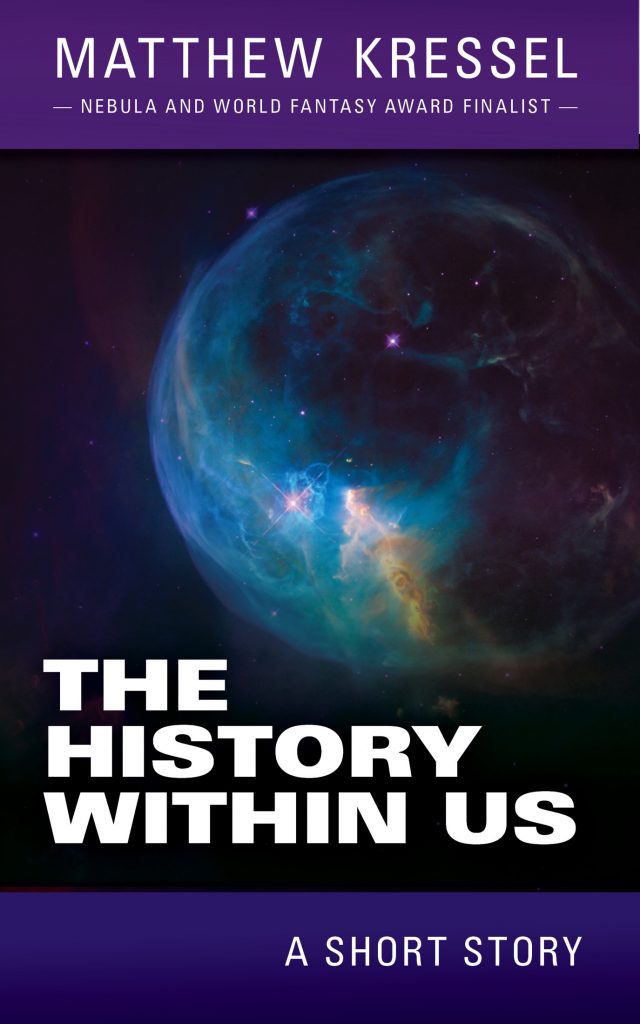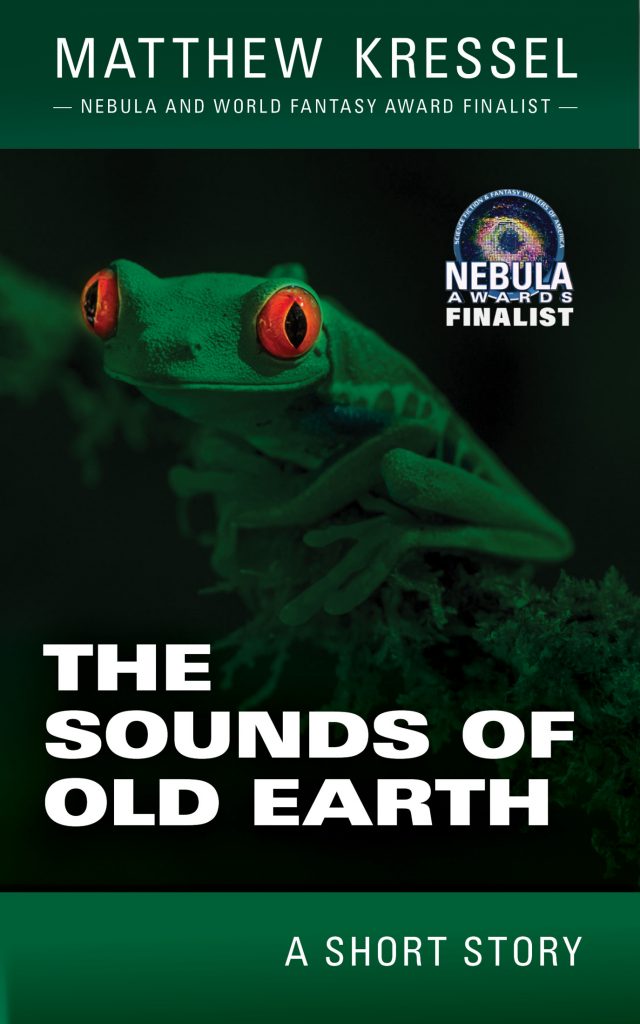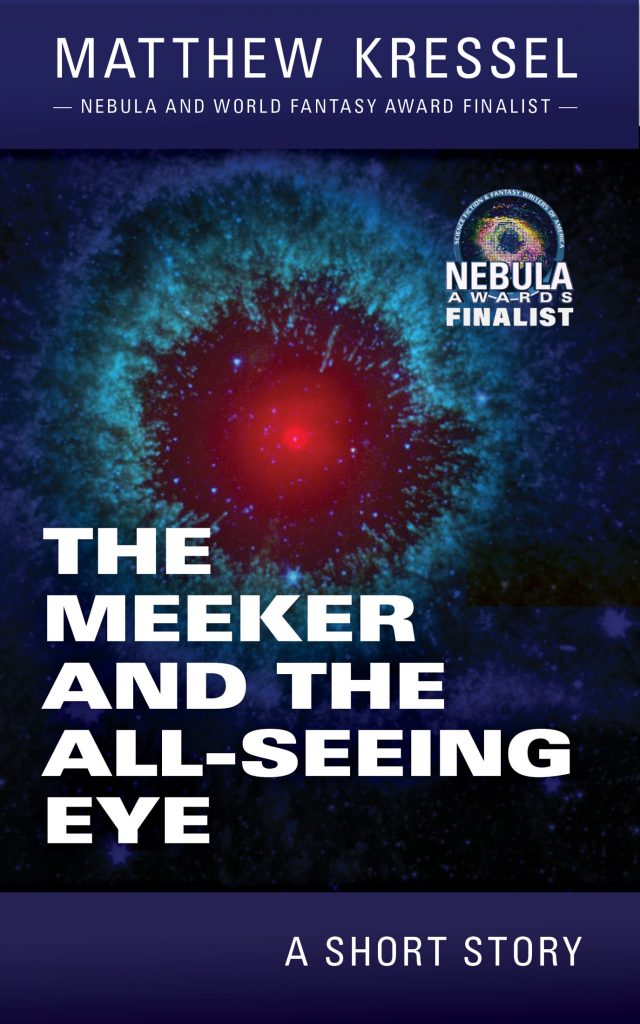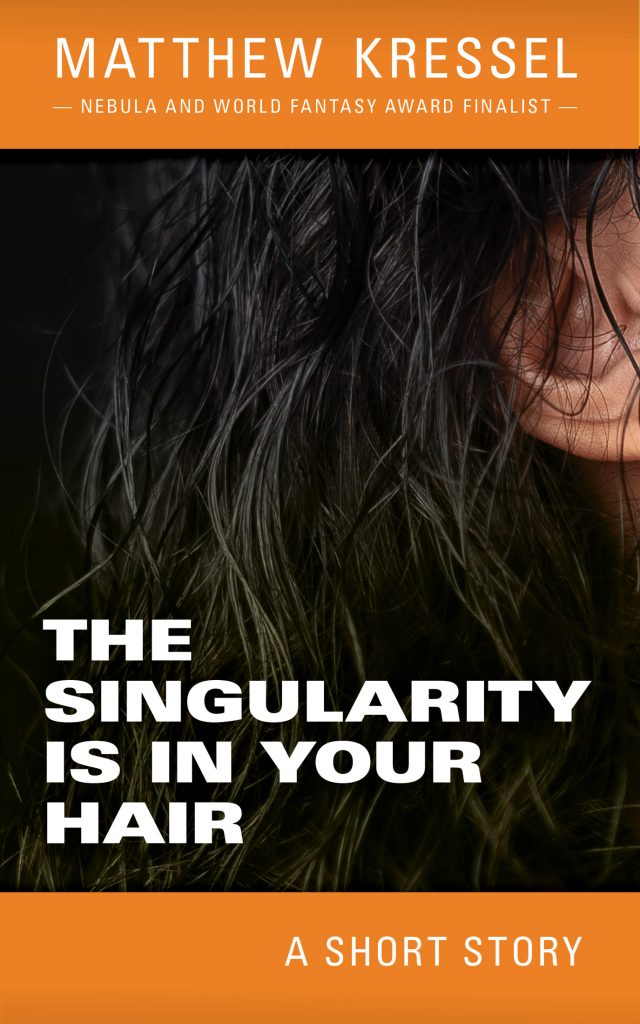To celebrate the October 13th release of my forthcoming debut novel, King of Shards, I will be featuring one new blog entry a day about a different Judaic myth for 36 days. Today’s entry is on The Evil Eye.
Day 34: The Evil Eye
If one encounters good fortune in this life, if your blessings are abundant, one should not boast of them, for this attracts the jealous stare — the Ayin Hara, the Evil Eye — from others. If too many people become jealous, the Heavenly Court notices and reconsiders its judgment upon the boaster. Does this individual deserve such blessings that have been bestowed upon them? Thus, the boasting of one’s blessings one may bring about a reversal of good fortune.
There are some folks who simply cannot bear the good fortune of others– so great is their jealousy — and they alone have the power of the Evil Eye. They able to alter Heaven’s judgment upon the good fortune of another simply through their evil stare.
There are many ways to ward off the negative effects of the Evil Eye. If one speaks of good fortune, we finish the sentence with Keynahora, or “no evil eye.” A chai necklace with the letters spelling the number 18 and the word “life” wards off evil. One should not have two weddings in one day, for too many blessings attract the Evil Eye.
However, if the Evil Eye has been provoked there are magical ways to shake off its negative influence. One may use mirrors, red and blue objects, to direct the Evil Eye’s glimpse away from you. One may chant a sacred verse while jumping our shouting (or both) to scare the Evil Eye away. Placing a precious stone between the eyes, placing a spot of dirt or ash between the forehead of a child, spitting three times onto the fingers, throwing salt into the corners of the room, and piercing a lemon with iron nails are all known ways to ward off the Evil Eye.
If one is a direct descendant of Joseph, the Evil Eye has no power over them, for as it is said in the Talmud, “If a man on going into a town is afraid of the Evil Eye, let him take the thumb of his right hand in his left hand and the thumb of his left hand in his right hand, and say: I, so-and-so, am of the seed of Joseph over which the evil eye has no power.” If that fails, one may also pay a person who specializes in Evil Eye removal a nominal fee to remove the its baleful curse.
The Myth’s Origins
The Evil Eye is mentioned nowhere in the five books of the Torah, but appears several times in the Talmud and in various kabbalistic texts. The Talmud Tractate Berakoth 20a and 55b speaks much of the Evil Eye, the Ayin Hara. Its root cause is always jealousy; it is considered sinful to boast of one’s successes and blessings, and doing so brings about the jealousy of others, their covetous stares, the “Evil Eye.”
In Pirkei Avot, The Ethics of our Fathers, a Mishnaic text, Chapter 2 says, “Go and see which is the worst trait, the one that a person should most distance himself from. Said Rabbi Eliezer: An evil eye. Said Rabbi Joshua: An evil friend. Said Rabbi Yossei: An evil neighbor…” One should, the rabbis implore, cultivate a “good eye,” toward our fellow humans: we should have gratitude for their successes, and not wish them misfortune.
The Evil Eye is not unique to Judaism, of course. The ancient Greeks spoke of it often, and today many cultures and religions, believe in its power. In fact there are many talismans uses to ward off its ill effects. There is the hamsa symbol, sometimes known as Hand of Miriam or Hand of God charm, which has been gaining popularity in the West again in charms, necklaces, and other hanging objects. There are also nazars, discs of concentric blue and white circles representing an evil eye that are hung at the entrances to stores and workplaces used to ward off the Evil Eye.
In Ashkenazic culture it’s very common for one to say, “Kaynahora!” (no evil eye!) after mentioning positive news as a way to ward off evil influences. It serves as a kind of “knock on wood,” as protection against evil. Also, when asking or speaking of one’s age, we add the phrase, “Biz hundert un tsvantzik!” (until 120 years!) so as to ward off the negative effects of stating any good blessings. It was until recently very common for grandparents of Ashkenazic culture to call their grandchildren, “Meuske,” (ugly) as a kind of coded blessing. One would not want to attract the Evil Eye by calling them beautiful! It was a way to praise them covertly.
The myth persists today among many people, and for a nominal fee one can visit a woman who will remove the effects of the Evil Eye.
Some Thoughts on the Myth
Life is unpredictable. We walk out our front door (or sometimes before we even step outside) and a series of unfortunate events occur. A picture falls off the wall and the glass shatters. Cleaning up the glass, we cut our finger. On our way to the doctor we get into a fender bender. The cut gets infected. Maybe our child gets a rare disease, we lose our job just as we purchase a new home, or just as we reach a successful milestone in our life a loved one passes away. It is human nature to try to ascribe meaning to unconnected events, and so, rather than these happenings being random, we ascribe to them a malevolent force: the Evil Eye.
Like the Evil Inclination, the Evil Eye temps us at every turn. Not only are we subject to its effects from others, but we have the power to inflict it. It seems to me that what the rabbis describe in the Talmud and the superstitions around the Evil Eye encompass is a psychological state of uncertainty. Jealousy, both in us and of toward us from others, leads to resentment; resentment may lead to ill will. Therefore, boasting can lead to malevolent behavior toward you from others. And because this earthly world is not all there is in Judaism, boasting can lead to ill effects from Heaven as well.
If we believe that we are subject to evil forces, our lives will corroborate that belief. And if we believe we are protected from evil, our life will reflect that. What I’m talking about is a psychological sense of feeling protected or unprotected. What these talismans and phrases do is offer us the semblance of control. Oftentimes in this crazy world, we feel terribly vulnerable. A hamsa charm or Evil Eye talisman guarding our workplace or a Kaynahora! declared after good news makes us feel as if we are in control. But the difficult truth to accept is that, though we can take a thousand precautions, are not the masters of our fate.
Tomorrow’s Myth: The Feast at the End of Days







